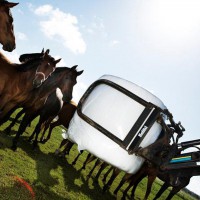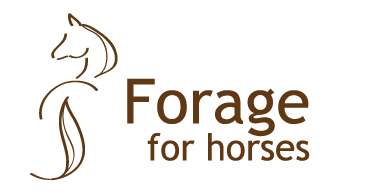The right forage for growing foals

In a smaller study with 8 weaned Standardbred trotter foals, 4 colts and 4 fillies, the foals’ growth was examined during feeding with only nutritious forage and with less nutritious forage complemented with concentrate (38% concentrate of the total diet). Both diets were complemented with minerals. Both diets fulfilled the wanted nutritive content.
The foals were 161-244 days old and were descended from five different sires. They were divided into two groups with two fillies and two colts in each group. One group started with the forage diet for 27 days and then switched to the concentrate diet for 27 days. The other group started with the concentrate diet and then switched to the forage diet. Of the 27 days the first 7 were a transition period where the foals gradually changed between the diets. Table 1 shows the dry matter (DM) and nutritive content of the two forages used. The concentrate used was oats and soybean meal.
The forage diet resulted in a significantly higher body weight from day 7. The mean body weight during the entire study was 266 kg on the forage diet and 260 kg on the concentrate diet. The foal that consumed the largest amount of forage had a percental forage DM intake of 2.5% of body weight.
The forage diet implied a significantly greater body weight on day 27, see table 2. Also the total weight changes, weight gain per day and weight gain/body weight were significantly higher on the forage diet than the concentrate diet (Table 2). However, excluding the first 7 days there were no significant differences between the diets, which show that the largest weight change happened during the first week.
There were no significant differences in withers height, heart girth, the distance between carpus and the floor and the fetlock joint girth between the diets. But the height of the back vertical from the last rib was significantly higher on the forage diet (139 cm) than on the concentrate diet (138 cm). However, it was very difficult to measure back height as the height varied depending on the position of the horse’s head and therefore this measurement was not considered reliable.
The weaned foals’ growth was equally good on the two diets which were expected as the diets theoretically contained the same amount of energy, protein and lysine. By feeding growing foals with forage with higher nutritive content concentrate can be avoided which gives longer eating times and reduced risk of behavioural disturbances. To feed a lot of forage and no concentrate also reduces the risk of diet related diseases such as colic and ulcers.
Sara Muhonen, AgrD


